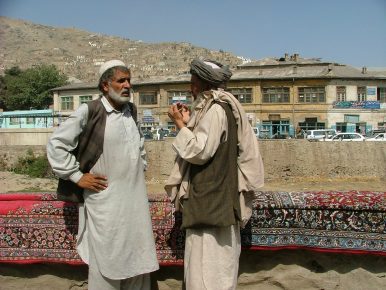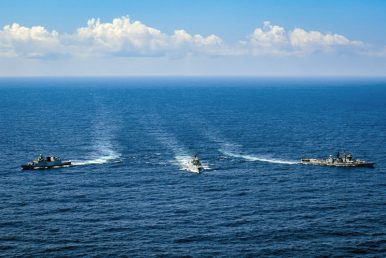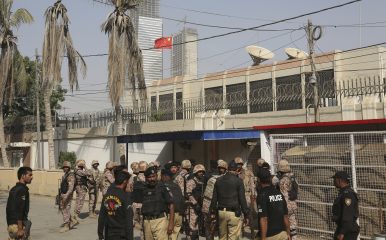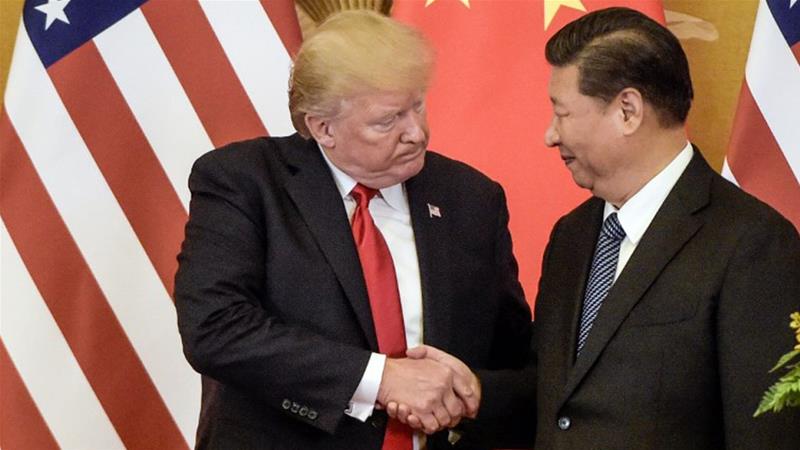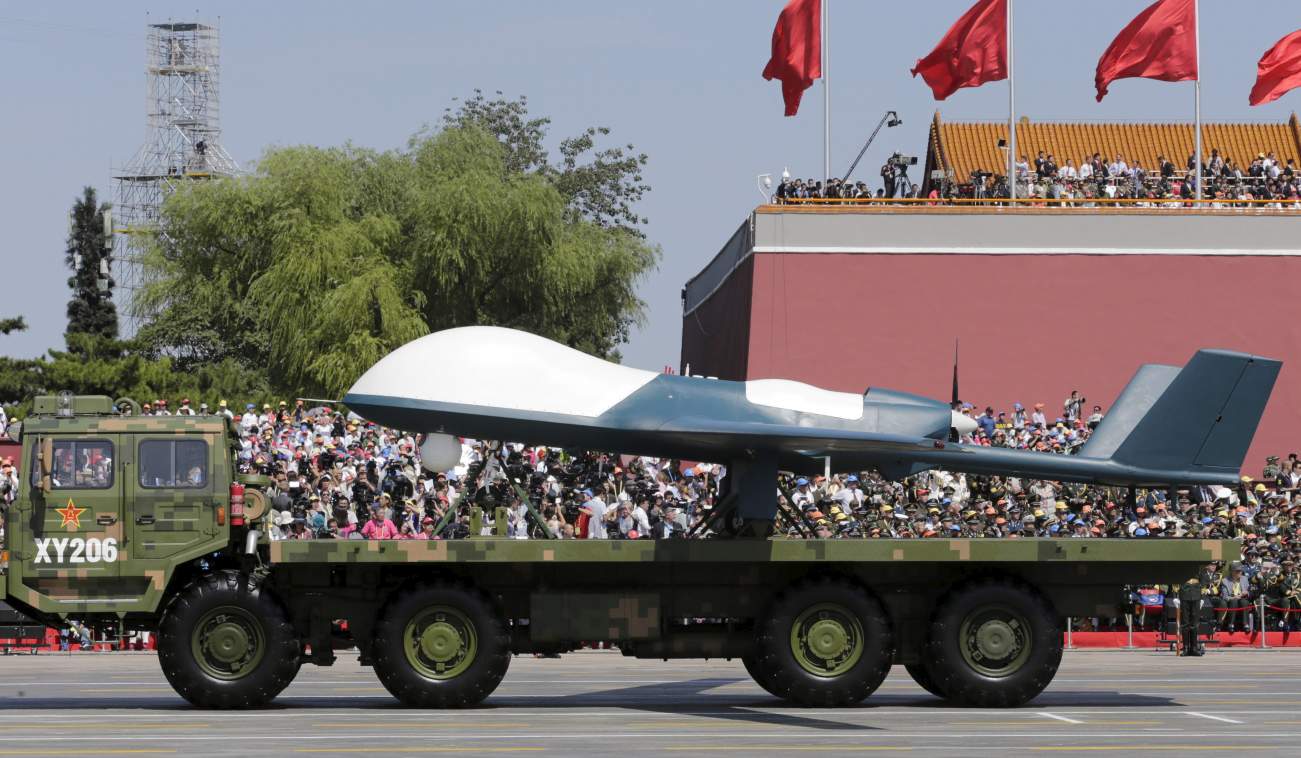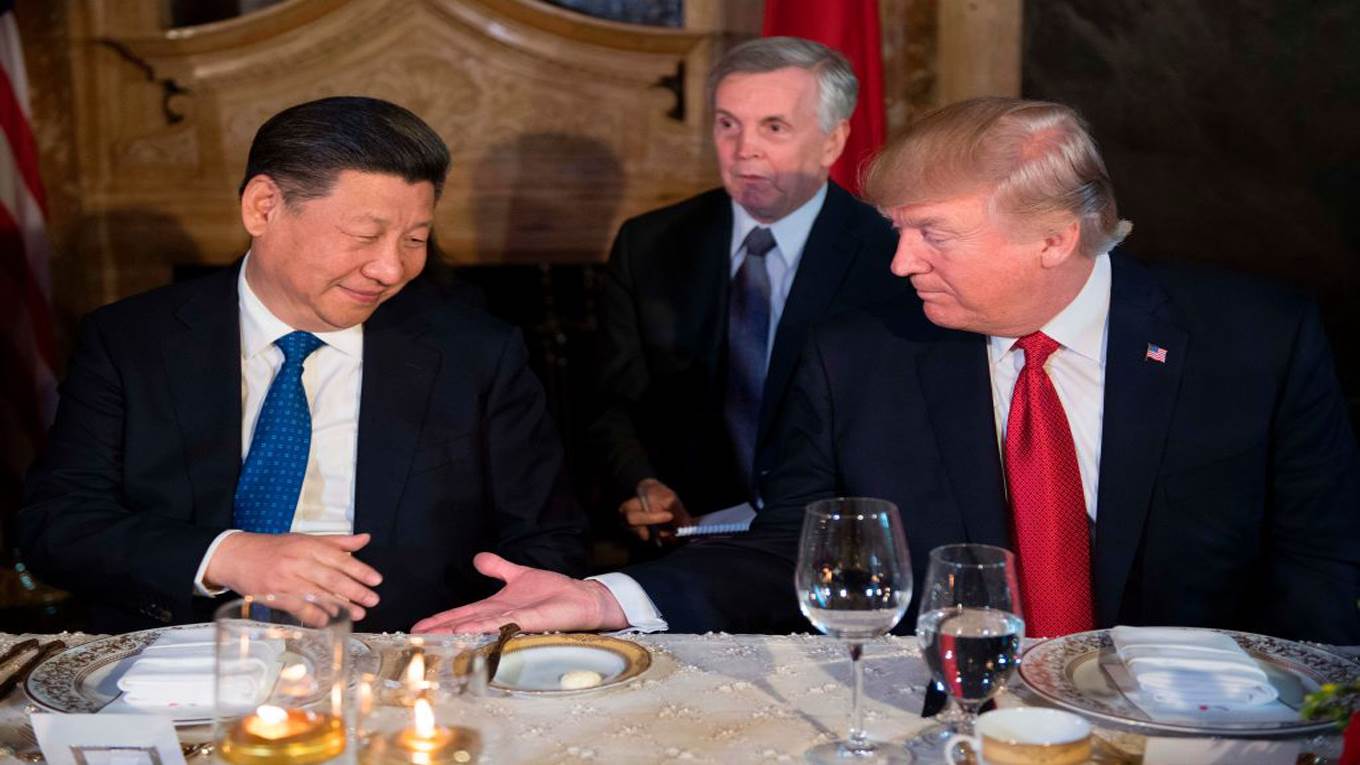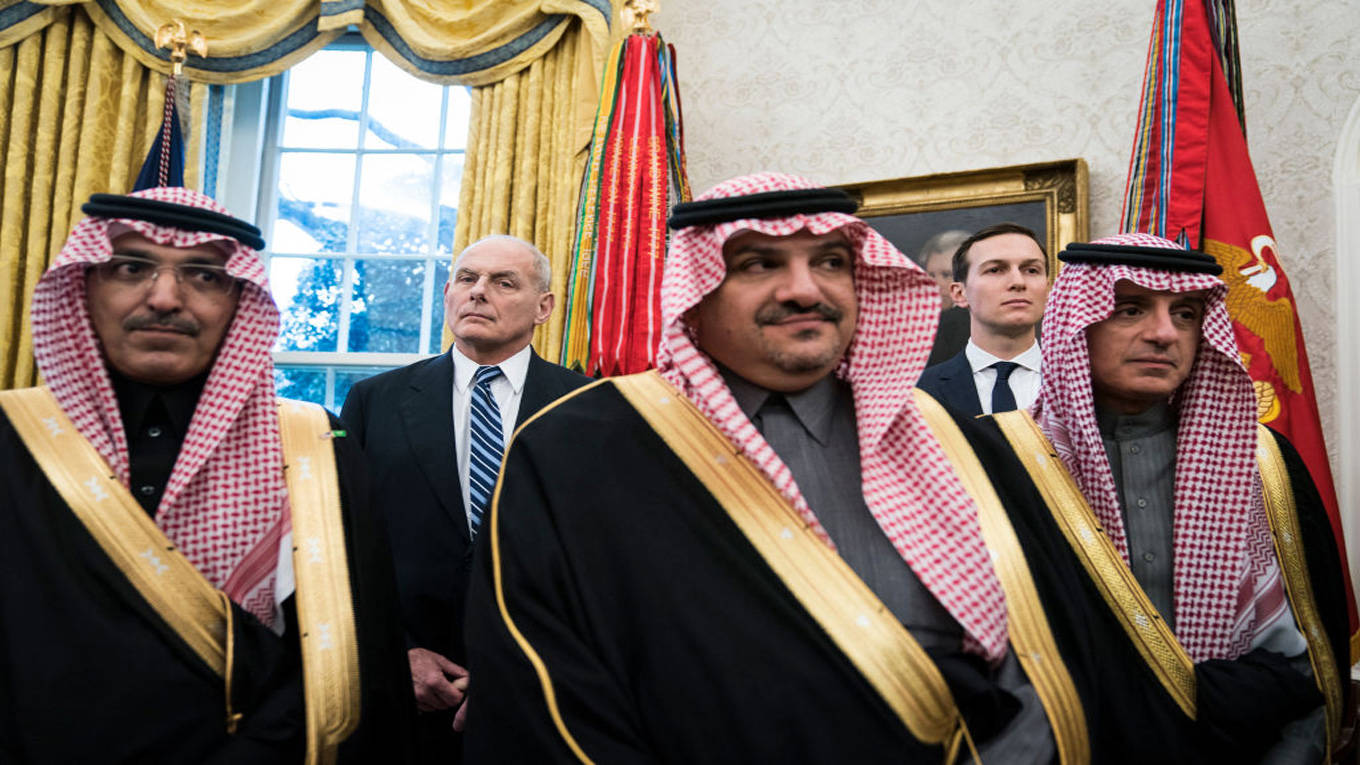Week by week, month by month, the horrific war in Syria grinds on, killing Syrian civil war combatants from many countries and, most tragic of all, Syrian civilians—the unintended or, in many cases, intended victims of the warring parties. It’s easy to look at the Syrian war as uniquely horrible, the catastrophic result of geography, Bashar al-Assad’s craven brutality, the spread of jihadism and its malignant ideology, and foreign intervention. But in reality, Syria represents a frightening window into the future of war. If, in fact, Syria is the model, future wars are likely to have several defining characteristics.
The first and perhaps most defining characteristic of the Syrian war is its intricate and deadly complexity. Rather than two nations or alliances pitted against each other, multiple interconnected fights occupy the same space and time. Second, the Syrian war suggests that future conflicts will involve a situation-specific configuration of forces, rather than enduring alliances, as one insurgency blends into the next. Third, the conflict shows that despite the massive and well-publicized human costs of contemporary wars, the international community has lost its stomach for humanitarian intervention. Fourth, Syria demonstrates something that has been evident for decades: The United Nations is unsuited to play a major role in complex, modern wars, particularly when permanent members of the U.N. Security Council, each with a veto over its actions, are involved.


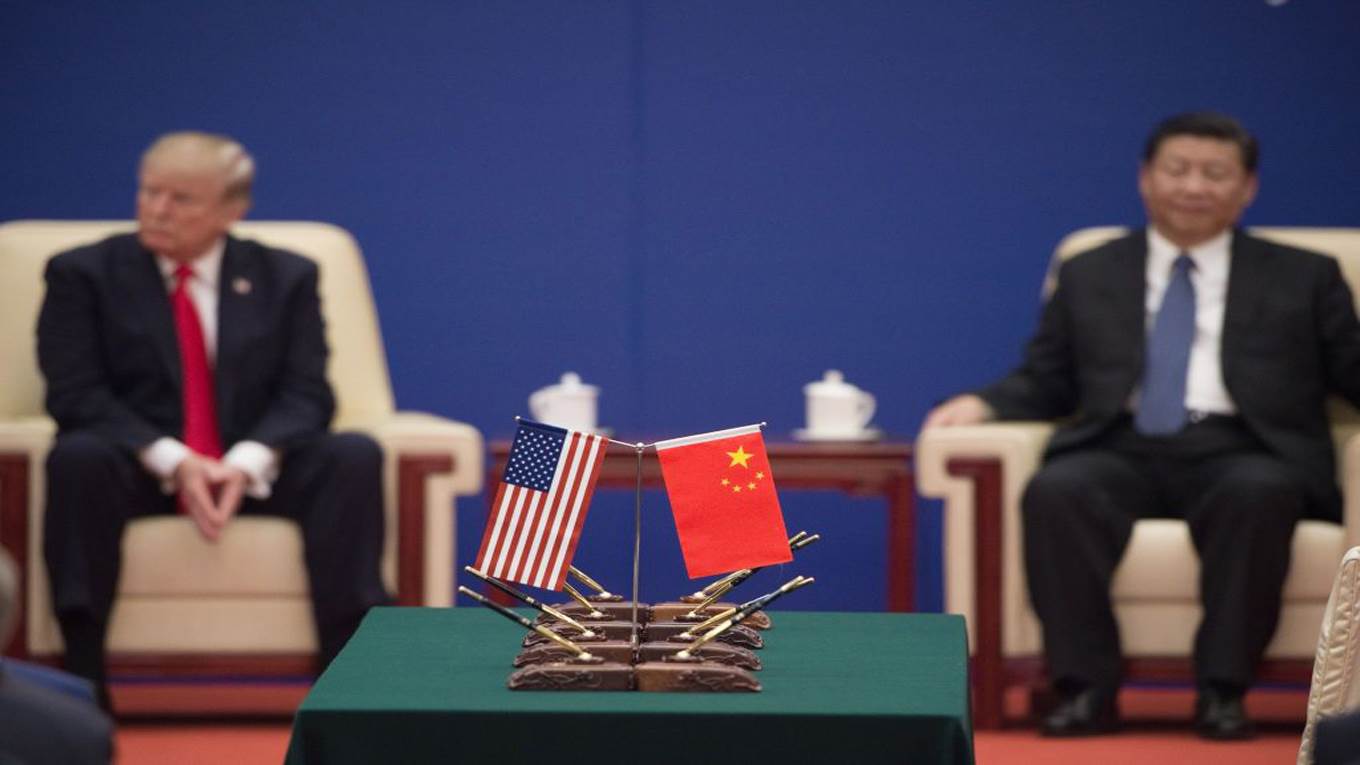


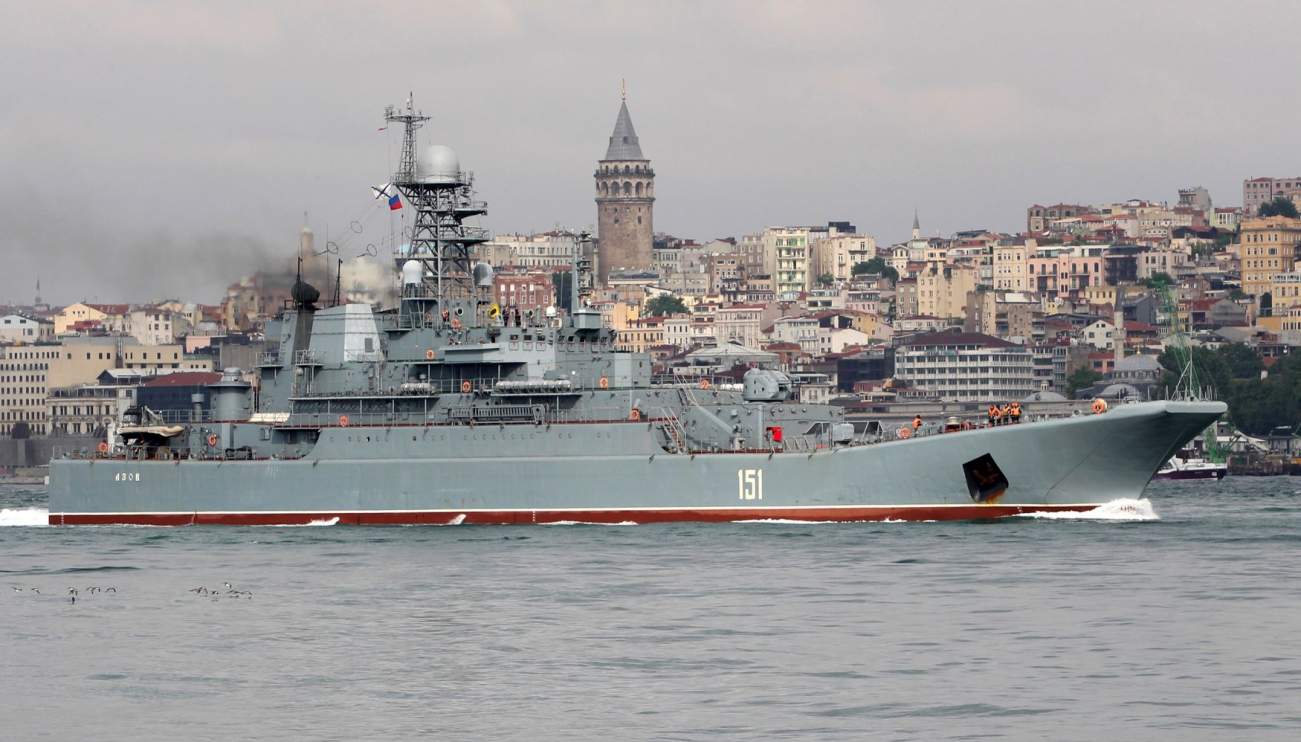
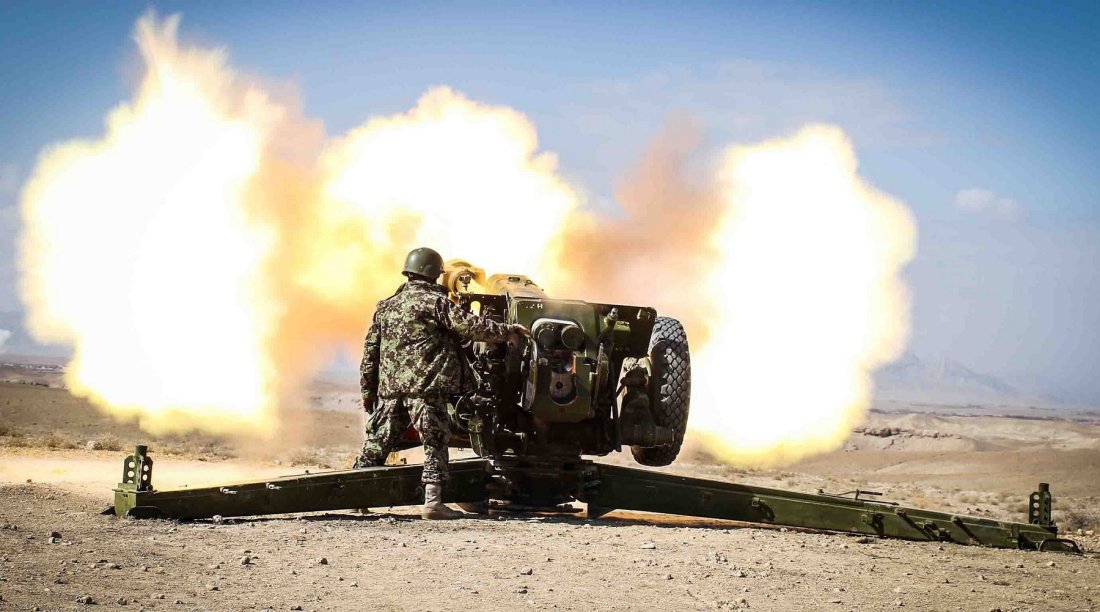
/arc-anglerfish-arc2-prod-mco.s3.amazonaws.com/public/VFOSZ3UU2NHJFFEDWFMK5THDRI.jpg)
/arc-anglerfish-arc2-prod-mco.s3.amazonaws.com/public/J3PNNQCXKNAUXK6BW3KQNOUSAE.jpg)


/arc-anglerfish-arc2-prod-mco.s3.amazonaws.com/public/LQE7OWALVVBDNCUQVEGMCZZQJI.jpg)

